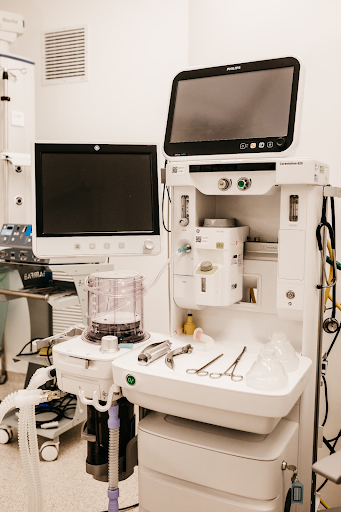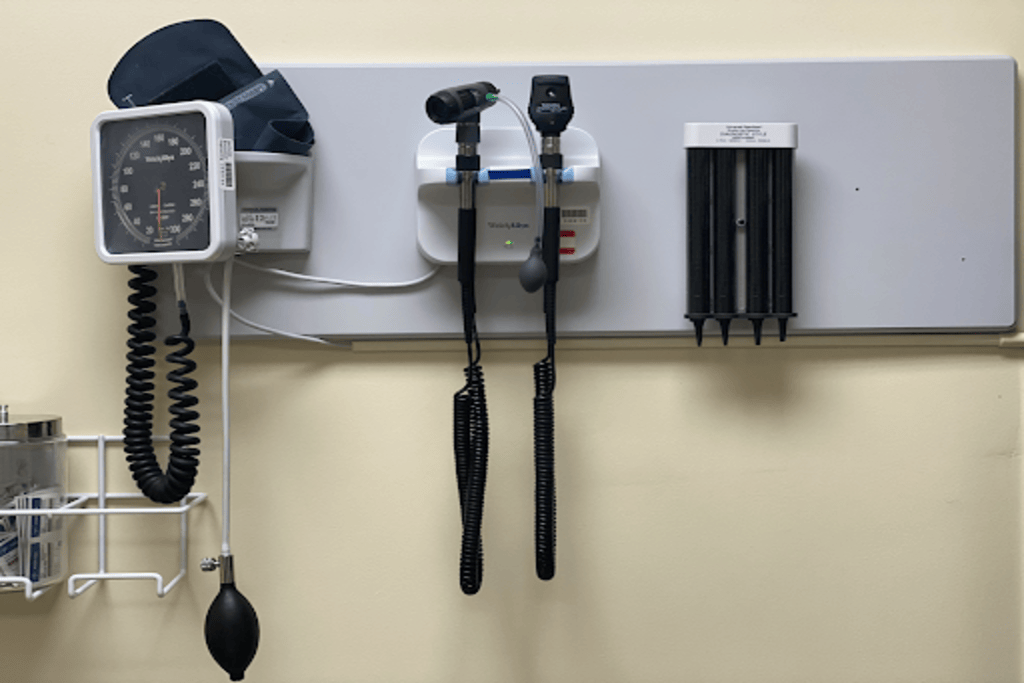The past few years have seen a revolutionary change in the approach we take towards health and healing.
Modern techniques, which incorporate preventive care and personalization into traditional medicine, are undergoing drastic breakthroughs in whole body treatments through cutting-edge technology, regenerative therapy, and a focus on overall wellness.
With advancing technology, modern solutions are enhancing and completely redefining the expectations of healthcare and achieving better outcomes in the process.
The Evolution of Healing: From Reactive to Preventative
Healthcare systems have always been reliable when dealing with systemic issues, but they require intervention when the symptoms are extreme. Fortunately, the industry is now moving toward a model that focuses on provision rather than dealing with the illness head-on. This shift is mostly due to innovations in data tracking, early diagnostics, and wearable technology.
The emergence of smartwatches and health applications enabled users to monitor their heart rate, blood pressure, and even the amount of stress they’re experiencing. These new tools encourage active participation in the management of these systems, enabling early intervention before severe consequences.
Moreover, digital platforms streamline the process of patients obtaining information and interacting with providers. Patients can now conveniently observe their unique wellness plans. Healthcare is no longer solely a service. In this current environment, healthcare is a continuous partnership—an informed relationship between healthcare providers and patients.
Regenerative Therapies: Restoring Rather Than Replacing
One of the most exhilarating areas of modern medicine is the expansion of regenerative therapies—treatments that aim to restore function by repairing or replacing damaged tissues.
The approaches above stop focusing on managing symptoms and start to aim for reversing damage at the cellular level.
Stem cell therapies and platelet-rich plasma (PRP) injections are already being used to treat arthritis as well as sports injuries.
It is even more promising how these techniques are used for non-invasive aesthetic purposes. For instance, energy-based solutions for pain management and recovery are now utilized in the beauty and skincare industry.
Full face rejuvenation is one of the most notable examples where medicine crosses over into the world of cosmetics, and it is done using Pulsed Electromagnetic Field (PEMF) therapy. Though PEMF is predominantly recognized in connection with animal physical rehabilitation, nowadays it is more frequently used in cosmetics for stimulating collagen, skin revitalization, inflammation reduction, and other purposes.
It is clear that the divide between therapeutic and aesthetic medicine is starting to blend, as seen from these advances.
Integrative Care for Chronic Conditions

Diabetes, autoimmune disorders, and cardiovascular diseases are examples of chronic conditions that need to be approached differently, ones that do more than prescribe a pill. This is where the true beauty of medicine shines. Support long-term health by prescribing conventional treatment along with alternative therapy, liquid diet, stress management, and other lifestyle changes, and a strong care foundation is built.
This approach works beautifully in managing complex diseases like diabetes. Clinics like Sydney diabetes specialists are pioneering this movement by providing personalized, advanced care tailored to each patient with the help of technology and lifestyle medicine. Patients are given continuous glucose monitoring and individualized meal plans, among others, to improve physical health as well as empower patients to actively control their health choices in daily life.
Advanced Surgical Interventions with Faster Recovery
In some cases, surgery is simply unavoidable, regardless of how much preventive care and holistic approaches are being utilized. Robotic-assisted surgeries and computer-guided tools, combined with modern imaging techniques like 3D imaging, have enhanced accuracy and outcomes in almost every surgical specialty due to their unparalleled precision, minimal invasiveness, and quicker recovery these methods offer.
Orthopedic surgery demonstrates this most clearly. Conventional joint surgeries, such as total knee and hip arthroplasties, traditionally lead to long hospital and rehabilitation stays, but methodologies such as arthroscopy and robot-assisted surgery enable patients to recover more quickly with fewer complications.
In particular, knee surgery Melbourne clinics are leading the way by combining surgical expertise with state-of-the-art technology. These techniques improve precision and accuracy while lessening the potential impact on the surrounding tissue, consequently aiding in the patient’s speedy mobilization and confidence post-surgery.
Tech-Driven Therapies: From AI to Remote Healing

The scope of technology in healthcare is not restricted to the operating theater. With artificial intelligence (AI), machine learning, and telehealth, advanced frontiers in diagnosing, treating, and accessing medicine have been recently established.
Early intervention is dependent on timely diagnosis, and computer algorithms enable pattern detection in medical images, making timely and effective diagnosis of cancer, neuro, and cardiovascular diseases possible. The accuracy with which these algorithms perform approaches or exceeds the capabilities of trained radiologists.
Telemedicine has been of great help in urban or rural areas for live consultation & follow-up where travelling is not possible. This degree of convenience is key for patients who live in remote areas or are unable to travel. Even further, VR is now being used in rehabilitation to improve physical therapy activities, treat pain, and even heal some psychological conditions like PTSD and anxiety. Among the more unorthodox energy medicine approaches are those that employ methods such as Pulsed Electromagnetic Field (PEMF) therapy. PEMF is a well-known therapy ranging from the originating point of bone healing to musculoskeletal conditions.
It is particularly appealing for medical and wellness purposes because of its non-invasiveness, standing at the intersection of physiotherapy and advanced techniques of treatment.
Holistic and Lifestyle-Based Medicine
Now, with the modern approach to health, it is not only about eradicating the disease but more about optimizing wellness. The practitioners who are switching in increasing numbers to lifestyle-based medicine want to treat the whole patient instead of a set of symptoms. This approach conceptualizes good health as a function of not just balanced diet, sleep, and physical activity, but also mental and emotional social well-being. Modern treatments are integrating fitness and exercise with one’s physiology, dietary choices, and meditative practices to do the opposite. Patients are not passive recipients of care, but active partners in their recovery journeys. This switch empowers individuals to manage their health in deeply meaningful ways.
Conclusion
Modern health solutions fundamentally redefine healing. This is pointed at the absence of sickness, the mirecept of wellness, a holistic approach, preemptive care, and personal value. Technological advancements in regenerative medicine, surgery, artificial intelligence diagnosis and treatment, and a multitude of therapeutic practices have provided us with options to explore more than ever before.
As we see the acceleration of innovative advances, the answer to the future of healing becomes concrete: It is not just human-friendly advanced technology, but it is human-centric, integrative, and empowering.



